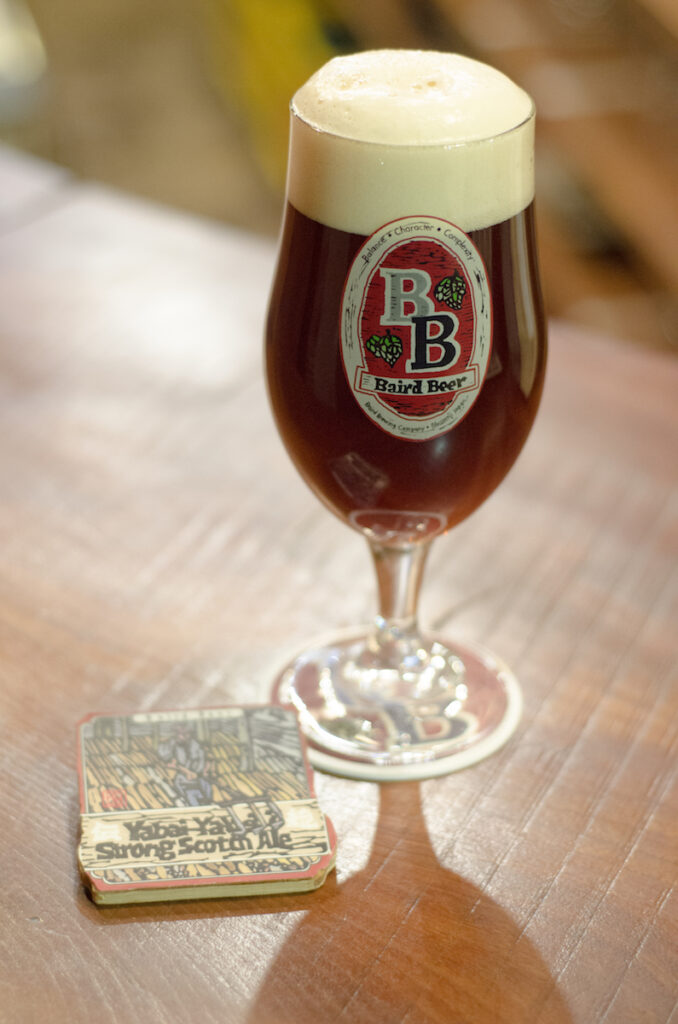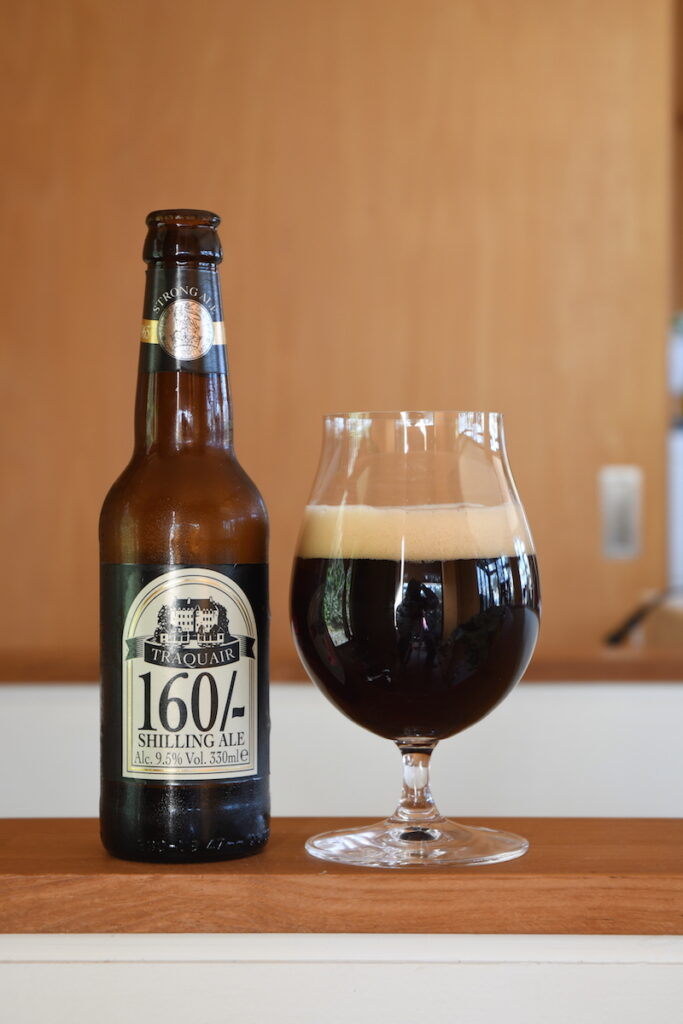Winter is back, so it is only natural to choose a winter warmer for this issue’s style. What is better on a cold winter night than a strong, dark beer–rich, malty and contemplative? Scotch ales, also known as Wee Heavies, fit that role perfectly.
Beers typically referred to as Scotch ales today are dark, strong and sweet. They typically have 7-10% ABV with a rich, bready, chocolate and caramel malt flavor. Generally, hop character is muted–little to no aroma or flavor, and just enough bitterness to balance the sweet malt. Notes of dried fruit, such as raisin, fig, or plum are also common. On the other hand, fresh, fruity esters are restrained, as ale yeast ferments at relatively low temperatures in chilly Scotland. Scotch ales tend to be full-bodied, but they should not be syrupy or cloying, as alcohol along with hop bitterness should bring about balance. They are also typically aged for a period before release, and with long-aged versions oxidation may set in, bringing along vinous, sherry-like notes.
Authentic Scotch ales are made mostly from pale malt. Usually a small amount of cara-malt and roasted, un-malted barley are added, the first for flavor, the latter for color. There may be a slight roasted touch added by the barley, though never as strong as in a stout. The rich caramel and treacle flavors usually found in Scotch ales come not so much from specialty malts as from direct-fire brew kettles, which scorch the wort just enough to caramelize it.
Some confusion may result from the distinction between Scotch ales and Scottish ales. While both types are very similar in terms of ingredients and brewing process, the main difference relates to strength. Session beers ranging from 3.5-5.5% ABV are typically referred to as “Scottish ales”. These lack the strong, malty character of Scotch ales.
It was a tradition in Scotland to label beers in shillings according to the price of a barrel. Since stronger beers were more expensive, they were labeled with higher numbers. Generally, a 60 shilling ale was a session beer, and strong Scotch ales would start from 90 shillings and go up to 160 shillings or more. It seems that the term “wee heavy” came about because Scotch ales are big, strong beers that were usually sold in 6 ounce “nip” bottles, and consumed a “wee” bit at a time.
Scotch ale has become a very popular style among craft brewers outside of Scotland. Such brewers often make theirs extra strong, and whiskey barrel-aged versions are not uncommon. Another characteristic of new-world “craft” Scotch ales is the frequent use of smoked or peated malt, to give a smoky character not unlike that of Islay Scotch whiskeys. While this can also be interesting and fun, it seems to be a misunderstanding derived from the popularity of Scotch whiskey. While in the past all malt would have been dried over a wood fire and thus possess some degree of smoky character, since indirect kilns were invented, smoked malt has never been used in Scotch ales in their home country.
Only a handful of Scotch ales from their homeland are regularly available in Japan. These include the inexpensive Belhaven 90 Shilling Wee Heavy (7.4%), which is easy to find, and quite representative of the style. It is full of flavors of chocolate fudge, caramel, treacle and raisins, and while it can be somewhat simple and sweet when young, it gains depth with a year or so of aging. Black Isle Organic Export Scotch Ale is also easy to find. At 6.2% ABV, it is on the low end, but has rich caramel malt with raisins, nuts, and a light coffee-like roastiness. More expressive than either is Traquair House Ale (7.2%) with notes of cherry, raisins, and oak along with sweet chocolate and caramel. Traquair House is an ancient brewery in an aristocratic manor that started back up in 1968 and makes many superb beers. Several of these are imported into Japan in small quantities, and all are worth trying. Their limited edition Traquair 160 (9.5%) is a massive and complex beer with more depth than anything else in their lineup. Try it before it’s gone.
American-made Scotch ales that are available in Japan include Alesmith Wee Heavy Scotch Ale (10%), an impressive interpretation, as well as Moylan’s Kilt Lifter (8%), Oscar Blues’s Old Chub (8%), and the sweet, cake-like Founder’s Dirty Bastard (8.5%). American versions often are slightly hoppier, fruitier, and sometimes roastier than the Scottish originals. Scotch ales gained popularity in Belgium, too, and brands from Gordon’s and Silly are available in Japan as well.
Several Japanese breweries have made Scotch ales as winter seasonal beers. Probably the best-known is Baird Yabai Yabai Strong Scotch Ale (7.5%), which has been tempting us for years. Loaded with chocolate, treacle, and raisin flavors, it is very chewy and rich, with light roastiness as well. It is properly named, as it is “dangerously” drinkable for its strength. A newcomer is Two Rabbits Classic Bunny Wee Heavy (6.5%), first released in 2019. Slightly lower in alcohol, it still has a big, chewy malt character. Along with chocolate, caramel and raisin notes, it is just a bit smoky for added interest. Ise Kadoya Scotch Ale (7%) has been made periodically over the years, but none is planned for this year. Also worth looking out for are LocoBeer Strong Scotch Ale (8.5%) and versions from Y. Market and Anglo-Japanese Brewing.
Scotch ale is a style with distinct geographical roots that has been taken over by the craft beer world. While sharing characteristics with barley wines, old ales, and Belgian strong dark ales, it has a rich, malty character all its own. It is worth every beer lover’s time to compare the various versions from different countries. In doing so, it also would be smart to put a few in storage for next year, to enjoy their aged character as well.
All Beer Styles articles are written by Mark Meli, author of Craft Beer in Japan.
This article was published in Japan Beer Times # () and is among the limited content available online. Order your copy through our online shop or download the digital version from the iTunes store to access the full contents of this issue.





